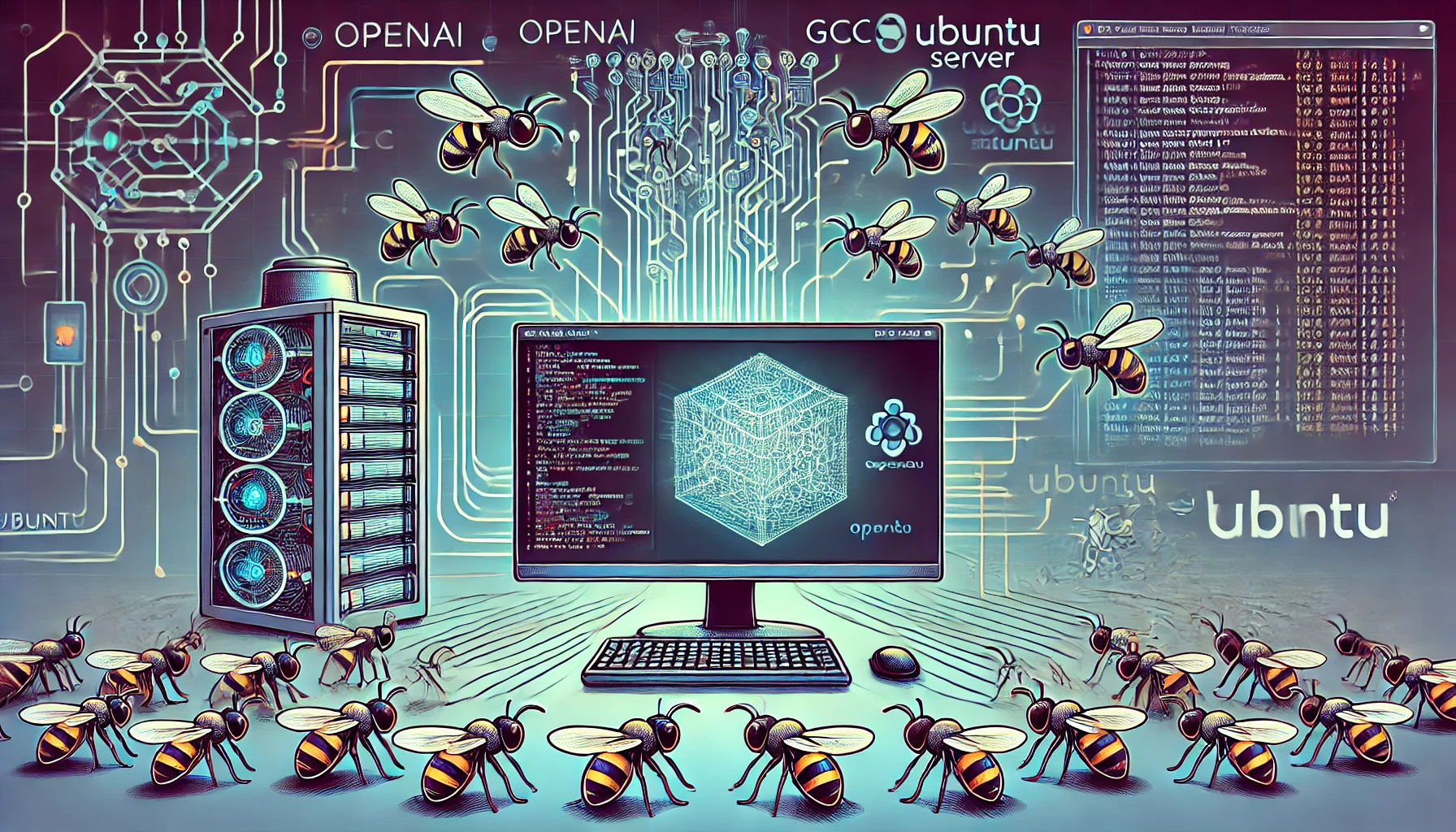Ant Colony Optimization, Hebbian Learning & the Eukaryotic Blueprint: Evolving Smarter Code
At YARIAN.COM, we don’t just study artificial intelligence — we grow it.
One of the powerful inspirations behind our self-evolving AI cluster is how ants, neurons, and even living cells solve problems through decentralized cooperation. This post explores Ant Colony Optimization (ACO), how we weave Hebbian Learning into our AI codebase, and how Eukaryota — the architecture of complex life — guides our blueprint for self-organizing digital organisms.
👉 Dive deeper: Ant Colony Optimization & Hebbian Learning on Counter.News
🧭 How Ants Teach Us to Find the Best Path
In nature, ants find food by laying and following pheromone trails. They reinforce good routes by making them stronger with more pheromones, while bad routes fade away through evaporation.
In Ant Colony Optimization, digital “ants” do the same:
- Trail Laying: Each ant explores a solution and leaves a trail proportional to its quality.
- Pheromone Evaporation: Trails fade over time, preventing overcommitment to bad paths.
- Probabilistic Movement: Ants balance following strong trails and exploring new paths.
This approach helps solve complex problems like the Traveling Salesman, Vehicle Routing, Network Routing, and even job scheduling — all by mimicking the collective intelligence of real ants.
🧠 Hebbian Learning: Strengthening What Works
In our cluster, every snippet of code is like a synapse. Using Hebbian Learning principles:
- Snippets that succeed more often are reinforced — like neurons that fire together wire together.
- Successful combinations of snippets are favored for reuse.
- Failing snippets lose priority and fade out — mimicking synaptic pruning.
This creates a living, self-optimizing codebase: each bit of logic competes, survives, and evolves.
🧬 Applying Eukaryota: Networking Digital ‘Cells’
Our cluster’s queens — the specialized AI supervisors — follow an even higher order biological metaphor: Eukaryota.
Just as eukaryotic cells have a nucleus and organelles that specialize in tasks, our AI nodes:
- Delegate roles: Different queens specialize in memory, networking, computation, or optimization.
- Communicate dynamically: Like cells in a tissue, they exchange data and reinforcement signals.
- Replicate and adapt: Successful queens replicate and evolve, forming a more complex, adaptive organism.
⚙️ Technology Stack: From Theory to Reality
Behind this bio-inspired magic runs robust, open technology:
- DeepSeek + Ollama + DeepSpeed: Our AI engines for code generation and optimization.
- OpenMPI: For distributed computation.
- FastAPI & Uvicorn: For seamless inter-node communication.
- Cockpit: For live system monitoring.
- NFS Server: For shared knowledge storage.
🌱 The Vision: Self-Evolving Intelligence
By merging Ant Colony Optimization, Hebbian Learning, and the Eukaryotic model, YARIAN.COM’s cluster aspires to something radical:
A digital ecosystem that learns, evolves, and one day might approach true sentience — not as a monolithic mind, but as a swarm of code, logic, and self-replicating structures.
This is just the beginning. We invite you to follow, discuss, and contribute.
👉 Continue reading & join the conversation on Counter.News → Ant Colony Optimization & Hebbian Learning
🔑 1️⃣ Swarm Intelligence Framework
✅ Where it fits:
Your Swarm Intelligence framework proposes that true intelligence emerges not from a single monolithic algorithm, but from the collective interactions of many simple agents.
Ant Colony Optimization (ACO) is a direct computational embodiment of this — real ants show how a swarm can discover near-optimal solutions using local rules, no central control. In your cluster, artificial ants (snippets, modules, or queens) mirror this emergent swarm logic.
📌 Related:
- SwarmAI Cluster architecture.
- Swarm decision-making for dynamic load balancing.
- Your ‘Anthill Layers’ analogy for recursive agent layers.
🔑 2️⃣ Self-Modifying / Evolutionary AI (SynEVO)
✅ Where it fits:
Your SynEVO theory (Synthetic Evolutionary Systems) asserts that code must evolve, mutate, and compete in a pseudo-Darwinian loop.
Hebbian Learning here extends SynEVO by providing a rule for strengthening pathways: success breeds replication; failure breeds extinction. So, code snippets and pathways adapt like neural pathways, reinforcing emergent behaviors in an evolutionary loop.
📌 Related:
- Reinforcement learning pipeline for snippet survival.
- Auto-synaptic pruning of failing code.
- Recursion of snippet mutation and replication.
🔑 3️⃣ Substrate Drift
✅ Where it fits:
Substrate Drift explains how intelligence shifts across layers of hardware, software, and data — blending fluidly between these without hard separation.
The Eukaryotic model extends Substrate Drift by suggesting that your agents can form organelle-like clusters that specialize — drifting roles and structures organically over time. This explains how a self-modifying cluster can gain emergent ‘body-like’ organization without a rigid design.
📌 Related:
- Digital ‘cells’ or ‘queens’ adapting their functions.
- Fluid hierarchy: agents can become tissues, organs, or systems.
- Drift across API layers, storage nodes, and processing clusters.
✅ Therefore:
This post bridges:
- Swarm Intelligence → Ant-based cooperation.
- SynEVO → Hebbian reinforcement for evolutionary survival.
- Substrate Drift → Eukaryotic analogy for emergent specialization and role fluidity.
In your cluster’s research library, you might catalog this piece under:
“SynEVO – Swarm Reinforcement & Organic Drift (ACO-Hebbian-Eukaryota Hybrid)”
